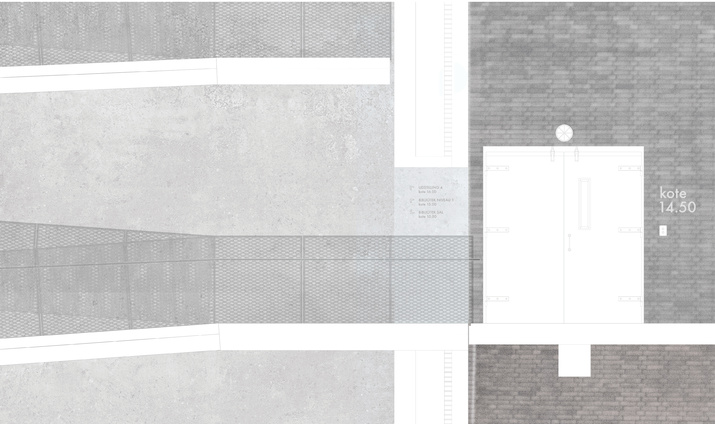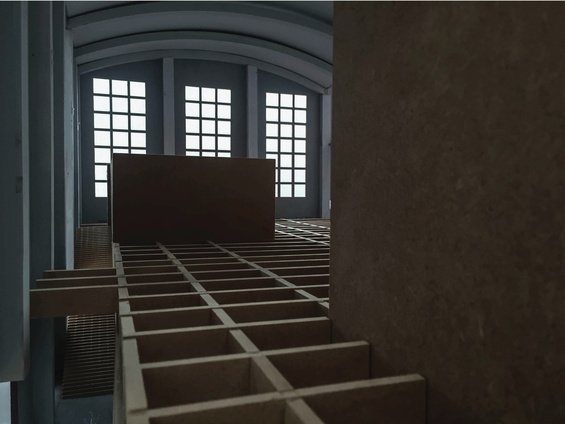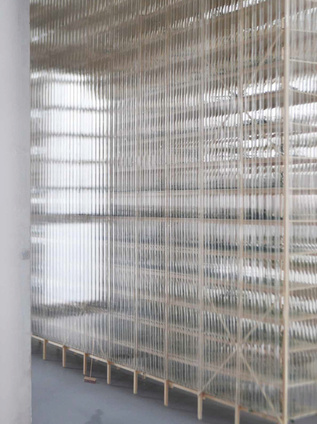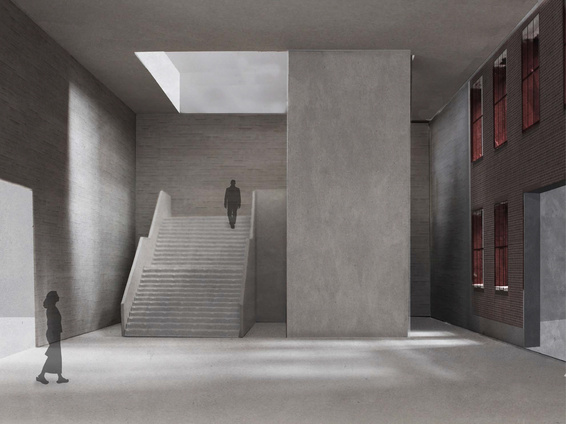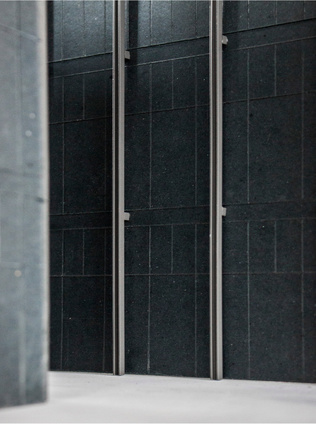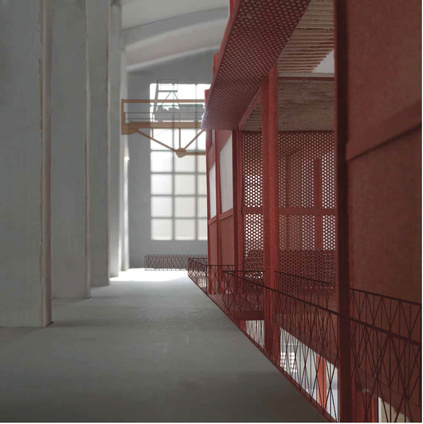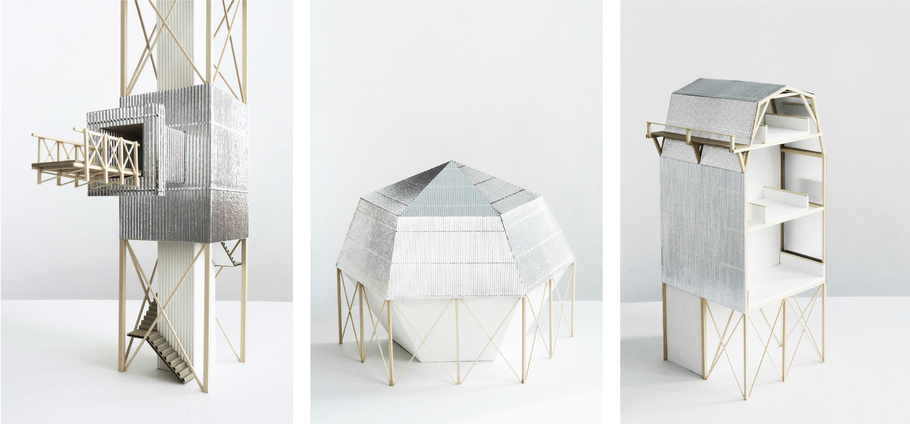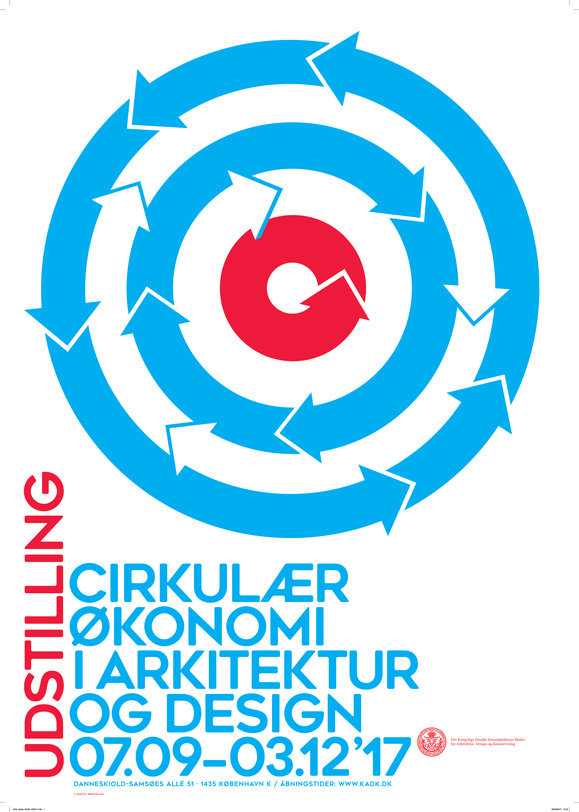One of the highlights of the Circular Economy in Architecture and Design exhibition is the project ‘Svanemølleværket - The House in the City, The City in the House’. The project is the work of students and teachers from the postgraduate Heritage, Transformation and Restoration programme. In the project, they have transformed the old Svanemølleværk in Nordhavn in Copenhagen into a sustainable building, in which the recycling of materials and resources is top priority.
24 students and 6 teachers from the postgraduate Heritage, Transformation and Restoration programme have transformed the old power station dating from the 1940s into an iconically sustainable building that represents an encounter between civil society, culture, art and private initiative.
The team concentrated on robust architecture, which involves longevity, good materials, recyclability, reparability, functional flexibility, low energy consumption and aesthetic values.
The students took the 17 UN global goals into consideration and in their different project proposals set out to answer the question: How to guarantee the building a sustainable future?
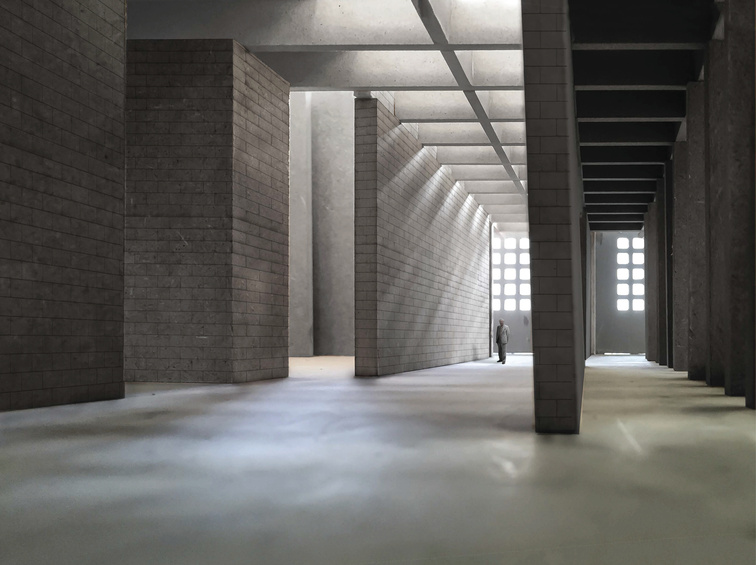
The transformation of Svanemøllerværket relates to a decision about the qualities and properties of the city, the building and the building components, based on a survey, analysis, valuation and phenomenological registration of the building.
The project relates to the concept of circular economy by:
· Reducing the use of limited resources in favour of recyclable resources
· Optimising the use of resources by recycling buildings, structures and materials
· Reducing CO2 emissions, pollution and waste


